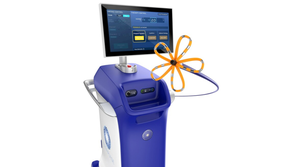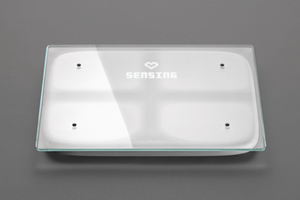4 Reasons Your Device's GUI Won't Cut It - pg.3
4 Reasons Your Device's GUI Won't Cut It - pg.3
May 15, 2014
3.) You aren't aware of software development requirements and certifications
 Are you aware of the different programming languages and options for software developers out there? “One of the things thats critical is that the code be developed and certified in a language is certifiable,” Juran says. Mobile apps typically use common graphic oriented languages like Java, C++, and HTML5. But Juran says medical devices are typically programmed in C, arguably the great grandaddy of modern programming languages.
Are you aware of the different programming languages and options for software developers out there? “One of the things thats critical is that the code be developed and certified in a language is certifiable,” Juran says. Mobile apps typically use common graphic oriented languages like Java, C++, and HTML5. But Juran says medical devices are typically programmed in C, arguably the great grandaddy of modern programming languages.
The reason for such a seemingly antiquated approach is that C excels at the sort of control algorithms that medical devices require for functions such as insulin release. C also keeps programmers from having to worry about memory leaks and open source issues that would cause regulatory and safety concerns.
And for a device maker form whom battery life and performance are big concerns, C can be very undemanding in comparison to other programming languages. The Flash player that runs your favorite YouTube videos for example needs 100MB of RAM just to start itself up, along with a 30 second boot time – constraints that are not ideal in the medical market.
4.) You picked the wrong microcontroller
Believe it or not, the processor is not the best place to start. “Device companies are choosing chips that fit cost profile then realizing they have a lot of limitations, Juran says. “You should start with a blank slate and define the user interface and software at a conceptual level before you decide what microcontroller or processor you use.
Building on Juran's last point, C has been making a comeback in medical devices because the device market is resource limited and C has decades of testing and reliability behind it. The powerful Intel or AMD chips that power our personal computers are too demanding and power consuming for smaller medical devices. Altia points to chipmakers like STMicroelectronics and Freescale as companies that make purposeful microcontrollers geared toward the needs of the device industry.
The MD&M East Conference will be hosting sessions on "Designing Next-Gen Medical Devices" on June 9, 2014 |
[photo credit: Freedigitalphotos.net user: Stuart Miles]
You May Also Like


